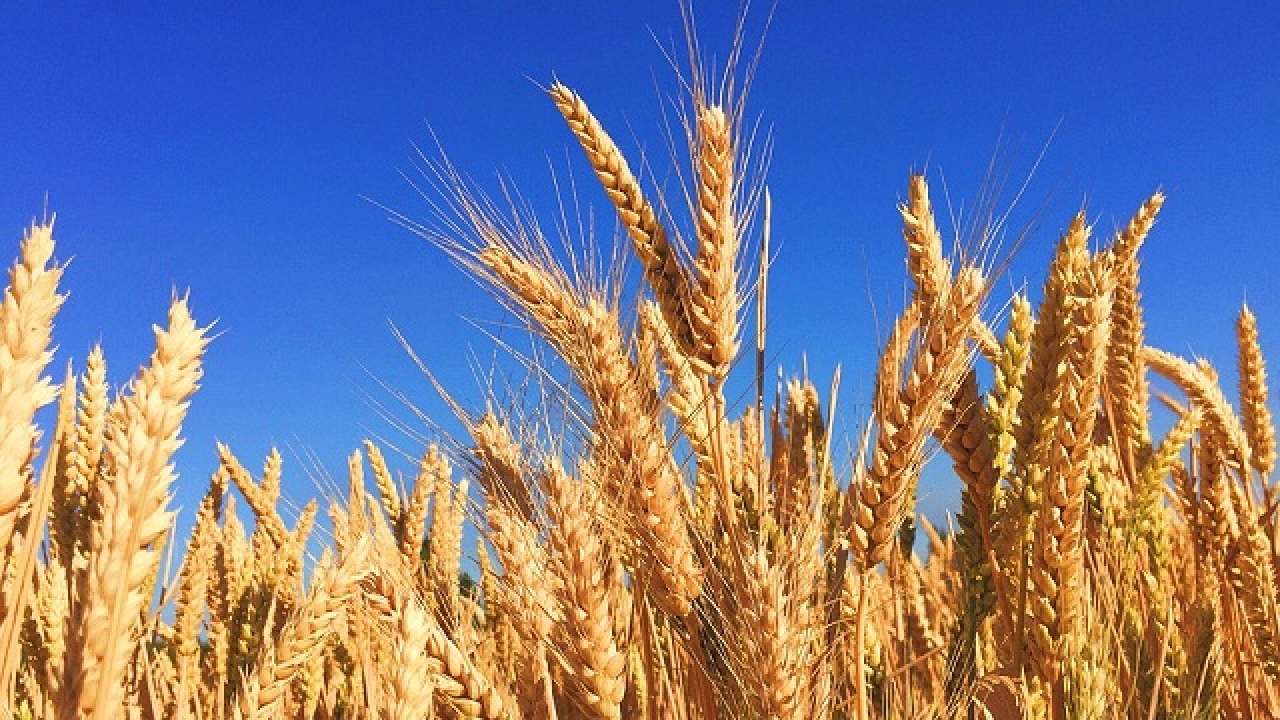
Wheat procurement by govt agencies surpassed last year's figures
It surpasses last year's total by about 25,000 tons.
by DNA Web TeamDespite the delay of a fortnight due to the coronavirus disease (COVID) pandemic outbreak, the wheat procurement this year has touched 341.56 LMT. The quantity is especially notable because it surpasses last year's total by about 25,000 tons.
The procurement of wheat by the government agencies last year was 341.31 Lakh Metric Tonnes (LMT).This year’s figures surpassed last year's figures to touch 341.56 LMT on May 24, surmounting all impediments created due to the spread of the COVID-19 virus and the nationwide lockdown necessitated due to the virus outbreak.
Wheat harvesting generally starts towards the end of March and the procurement commences in the first week of April every year.
However, with the imposition of the nationwide lockdown with effect from the midnight ofMay 24-25, all operations came to a standstill. The crop had ripened by then and was ready for harvesting.
Considering this, the central government provided relaxation to start agricultural and agro-related activities during the COVID-19 lockdown period and directed such that the procurement could start from April 15 in most of the procuring states. However, Haryana started a little late on April 20.
The total number of confirmed cases of COVID-19 infection in India crossed the 1.38 lakh-mark on Monday, while the death toll has topped the 4,000-mark as well.
Interestingly, even though the virus tally continues to spike, new guidelines issued by the central government pertaining to Lockdown 4.0 remain enforced. Several restrictions have been lifted, which includes permitting transport services, reopening of shops, and resuming online shopping. According to the central government's most recent order, all activities, except the ones "specifically prohibited", will be allowed in green, orange, red, and buffer zones, which continue to be classified by the States/UTs and district authorities.
It is now increasingly becoming likely that India, although well into the fourth phase of the coronavirus disease (COVID-19)-necessitated nationwide lockdown, is quickly becoming one of the biggest COVID-19 hotspots in the world.